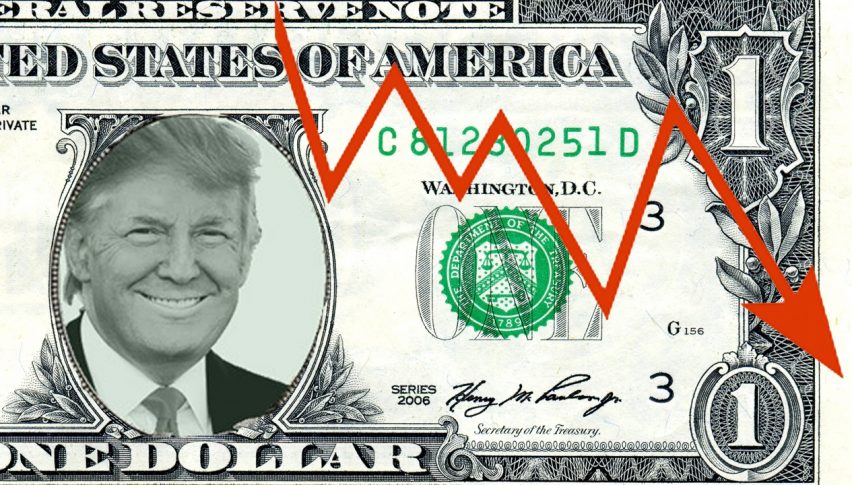What to Expect From the FOMC This Week?
The Fed is due to meet for the last time this year and it will be interesting to see what they anticipate for the US economy in the coming

The Federal Reserve is due to meet for the last time this year, and it will be interesting to see what they anticipate for the US economy in the coming year. Although in the last meeting, the US central bank had announced a wait and watch approach before making any more changes to its interest rates, the coming year is likely to be just as volatile and uncertain as this one.
For one, the US-China trade war seems to be going nowhere yet. While we have been hearing positive comments from officials on both sides, there has been no confirmation on a timeline by when the phase one trade deal could get inked, which would take some pressure off global financial markets.
The three rate cuts delivered by the Fed this year were termed as preemptive moves to prevent any possible weakness in the US’s economic growth on the back of escalating trade tensions and an overall weakness in global economic growth. However, until some resolution of the trade dispute between the US and China emerges, the US economy as well as the global economy is likely to remain under strain and economic growth outlook remains clouded.
The upcoming presidential elections in the US is another cause for uncertainty in the US markets. Despite the uncertainty surrounding the trade war and the elections, can the Fed succeed in sustaining this longest period of expansion in the US economy into next year?
- Check out our free forex signals
- Follow the top economic events on FX Leaders economic calendar
- Trade better, discover more Forex Trading Strategies
- Open a FREE Trading Account